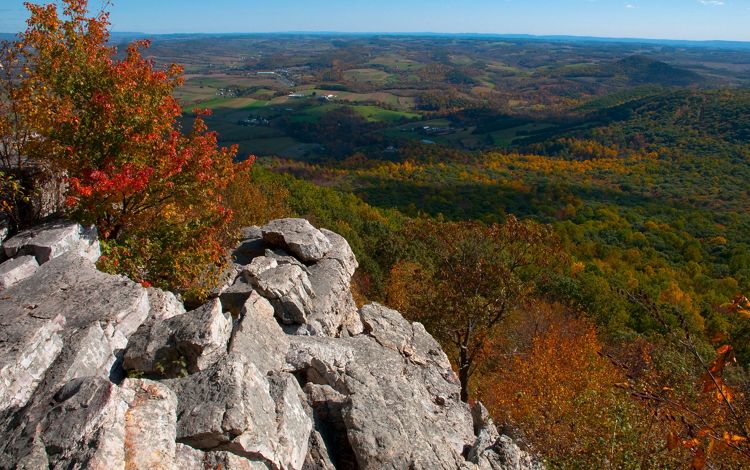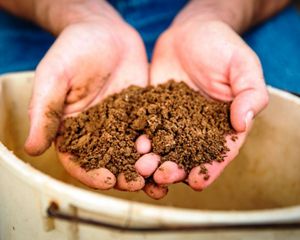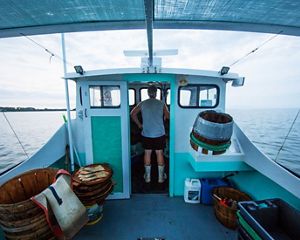Susquehanna River
The Susquehanna River supplies drinking water to millions of Pennsylvanians.
The Susquehanna River Basin covers more than half of the land area of Pennsylvania, spans three states, and travels over 400 miles through forests, water gaps, and farms on its journey to the Chesapeake Bay. Some of the largest forests in the state line the waterways and ridges of the upper basin providing clean water to local communities, scenic vistas to hikers and climbers, and cold mountain streams for Brook Trout. Fertile lands support more than 30,000 farms and the Susquehanna River Basin’s leading industry: agriculture.
Providing drinking water to millions and half of the freshwater to the nation’s largest estuary, our state has an enormous responsibility for what flows downstream. Land conversion, stormwater pollution, agriculture runoff and acid mine drainage threaten the quality of the Basin’s waters.
In an unprecedented effort, farmers, forest landowners, agencies and commissions are working together to improve water quality for Pennsylvanians and the Bay. The Nature Conservancy is one of these partners, working with farmers and forest landowners to improve the health and quality of the lands and waters of the Basin.
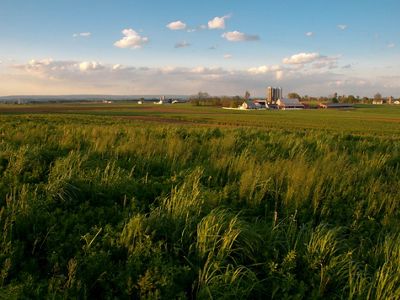
Taking Action
Agriculture is part of Pennsylvania’s heritage and fuels the state’s economy. It also represents one of the largest sources of nutrient and sediment pollution entering the Chesapeake Bay. The Conservancy is working on fields and downstream to reduce nutrient and sediment loads and improve water quality.
We are part a statewide alliance of farmers, agribusiness, government agencies, researchers and conservationists committed to meeting the rising demand for food, while making farms sustainable and waters clean. Together, the alliance pursues the 4Rs of Nutrient Stewardship--a management approach that aims to match nutrient applications, such as fertilizer and manure, as closely to crop needs as possible. Specifically, the 4Rs refer to the right nutrient source, at the right rate, at the right time, in the right place.
In partnership with the Pennsylvania 4R Alliance TNC is talking with farmers, hosting farms days and developing training materials to equip farmers with the knowledge and tools needed to improve nutrient use efficiency and make farms more profitable while keeping nutrients on fields and out of local waterways.
With only four percent of estimated original wetlands in the Basin remaining and more than 40 percent of streams in the lower Susquehanna impaired, restoring wetlands and streams is essential to improving wildlife habitat and water quality. Restored wetlands filter nutrients and trap sediments leaving fields. Restored streams repair eroding streambanks, a significant contributor to downstream sediment loads. Projects in Adams, Cumberland and Lancaster counties showcase the benefits of restoration for wildlife and clean water and provide models for future initiatives.
_1640x1230.jpg)
Forest Protection
The Conservancy is also accelerating efforts to ensure forests are protected—and connected—to provide clean water and resilient habitats in a changing climate.. TNC has protected more than 30,000 acres of forested lands in the Basin through protection of the West Branch Forest Preserve, the Brush Mountain Preserve and a conservation easement property in Duncannon. All three properties are open to the public in Clinton, Perry and Blair counties.
In 2017, TNC acquired the Hamer Woodlands at Cove Mountain, the first located on the Kittatinny Ridge. This forested corridor allows wildlife to move north or south and has been identified as the most resilient landscape in the state for adapting to a changing climate. That is why TNC is working with local, state and federal partners to conserve an additional 15,000 acres along the Kittatinny over the next three years.
Collective actions and partnerships like these will make a big difference to the lands and waters of the Susquehanna and Chesapeake Bay watersheds, and to the people who depend on them.
Hamer Woodlands at Cove Mountain

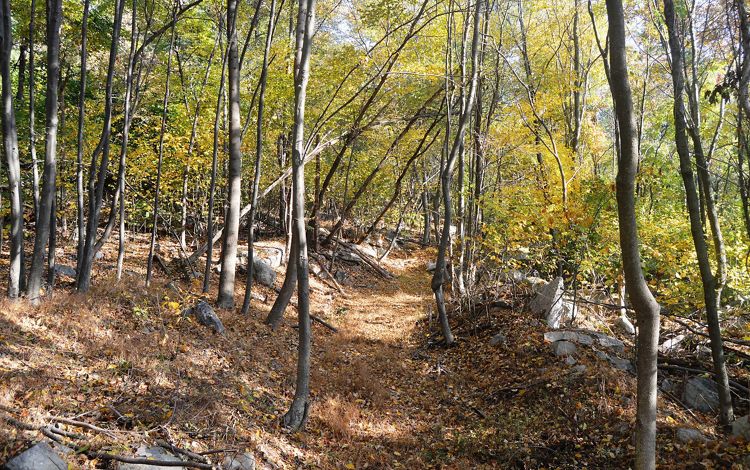
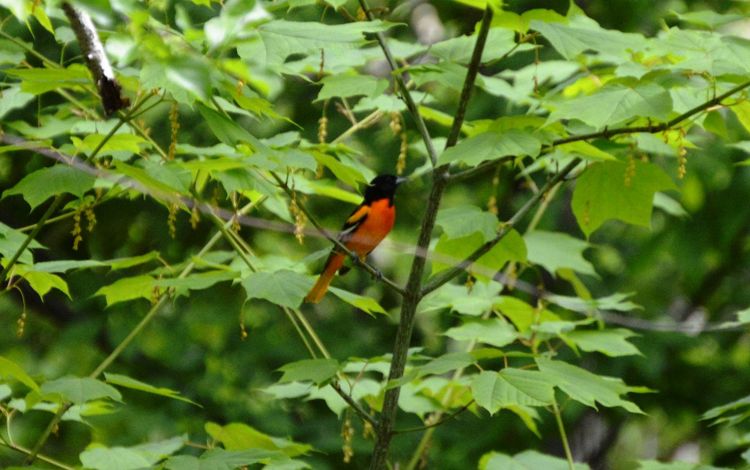
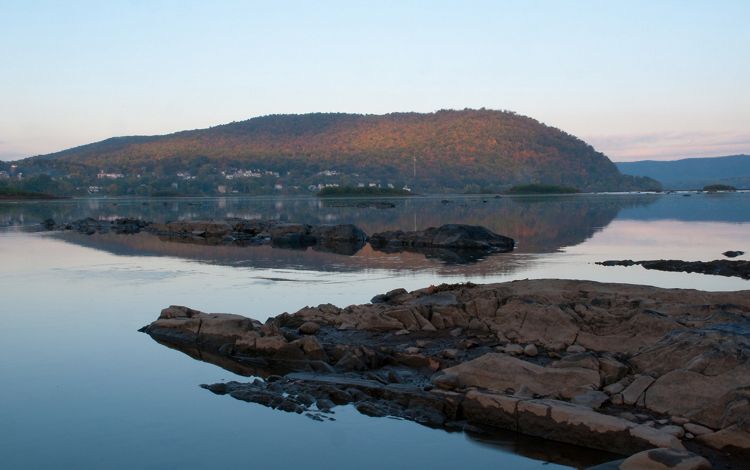
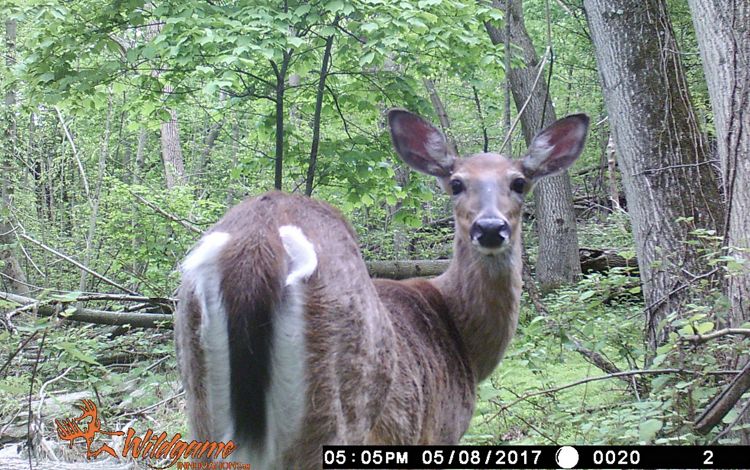

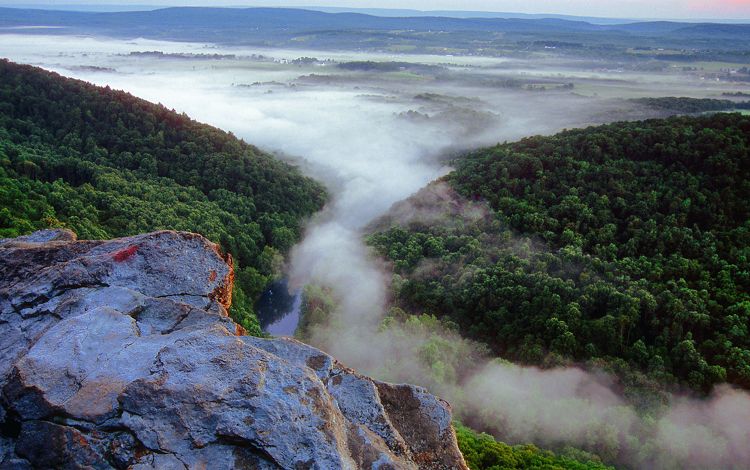
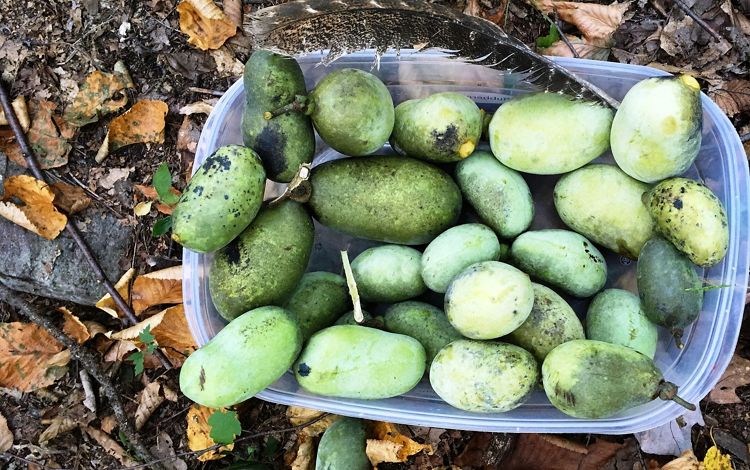

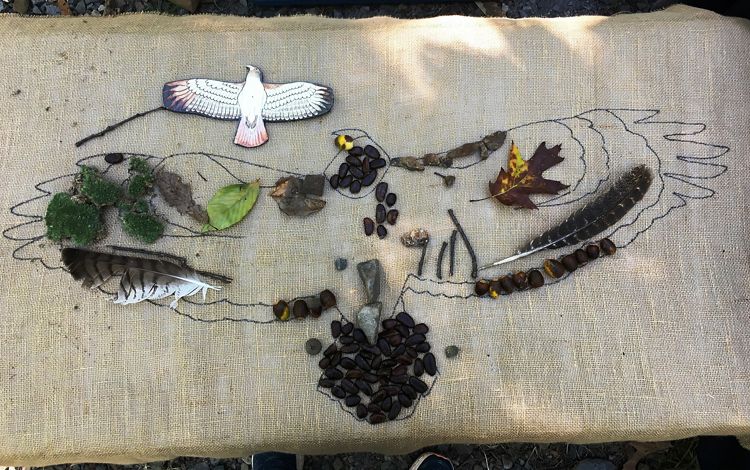
.jpg?crop=3%2C0%2C2497%2C1565&wid=750&hei=470&scl=3.3297872340425534)
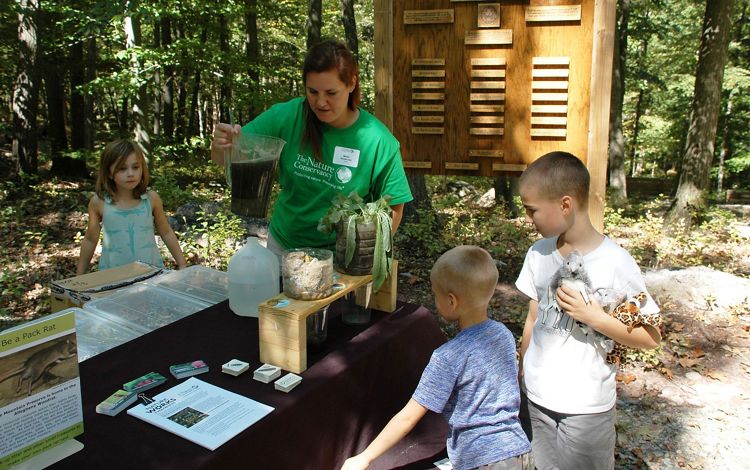
Stand Up For Nature
Support our work to protect nature in the Upper Ohio River Basin and throughout Pennsylvania.

